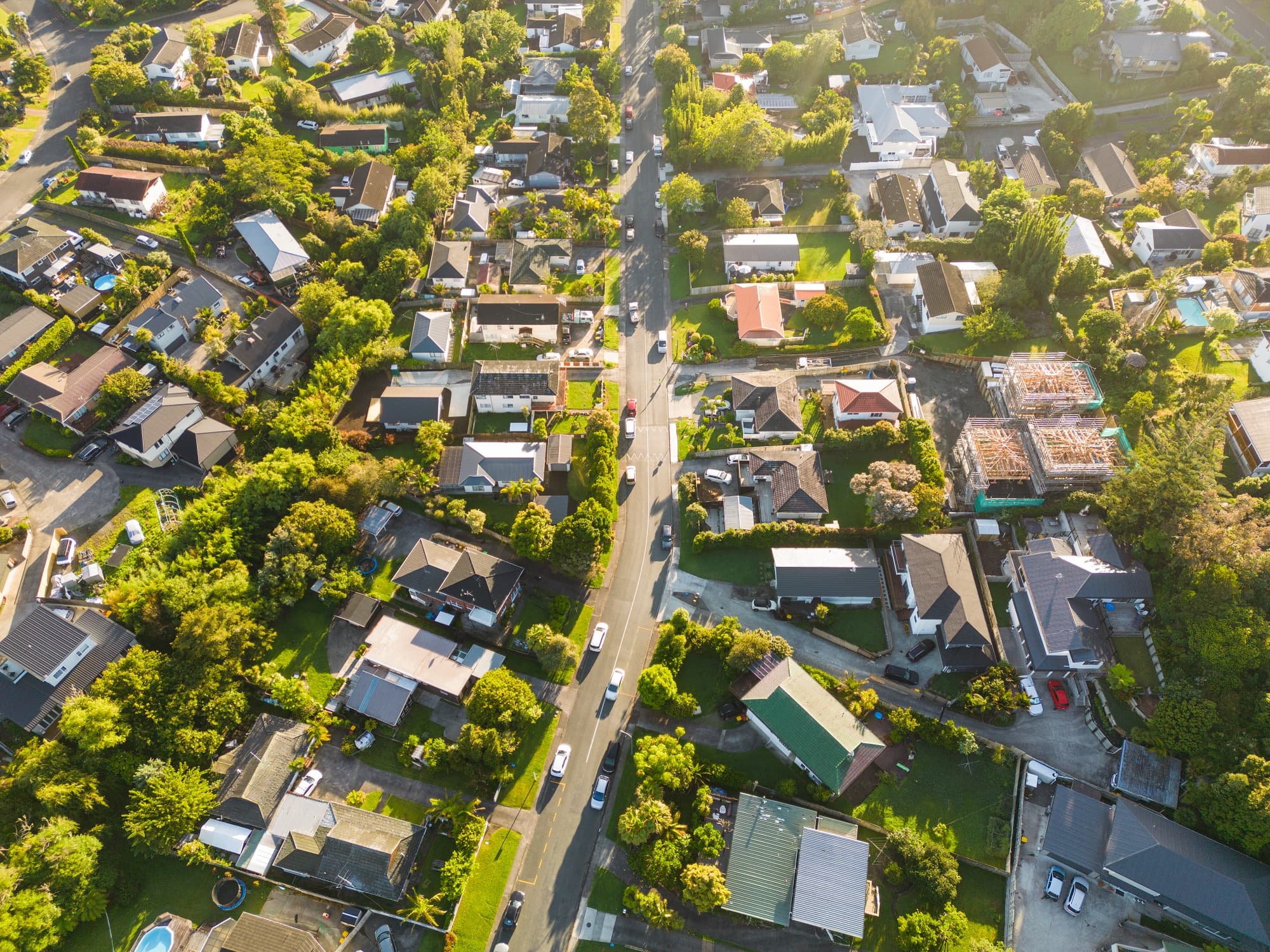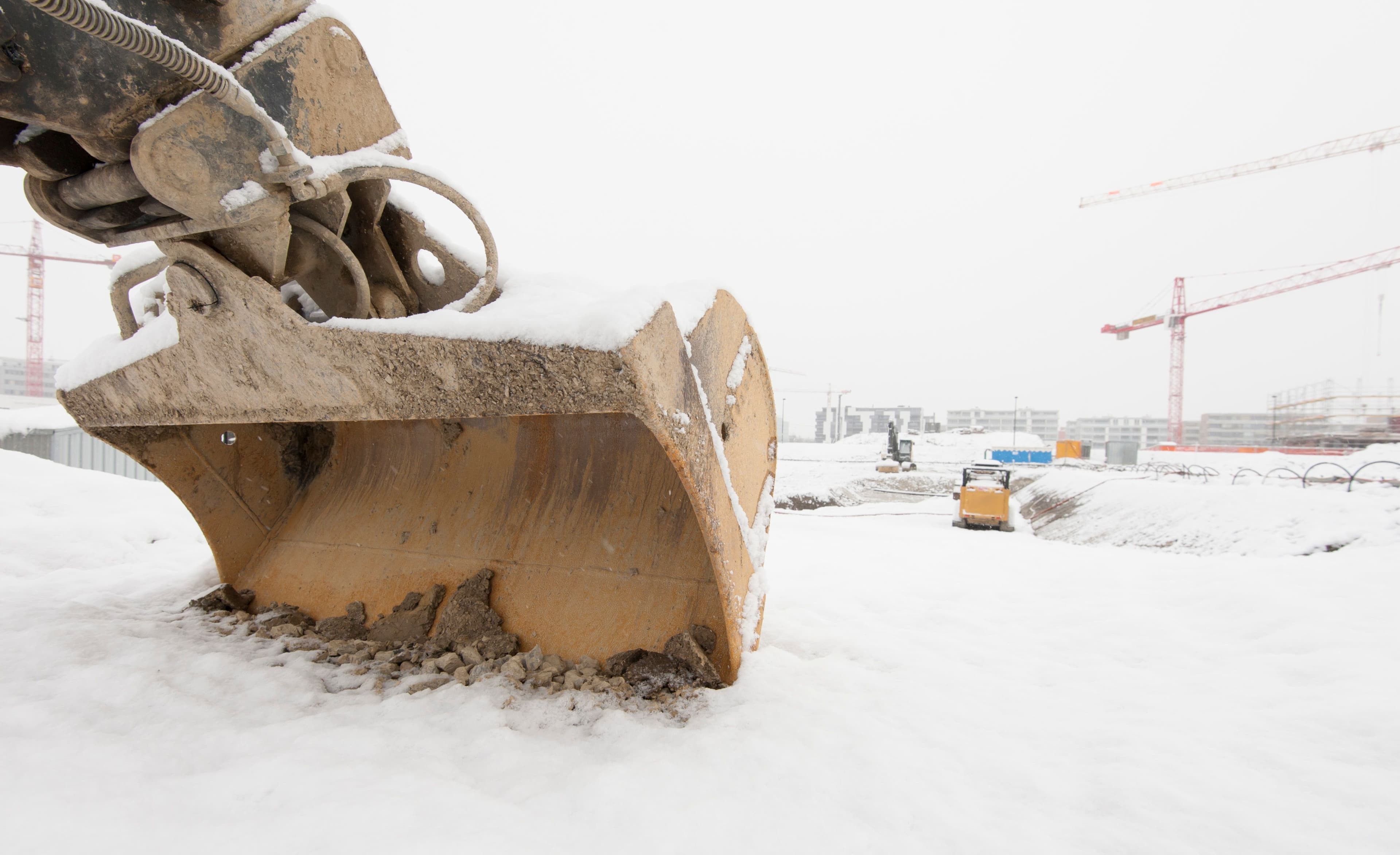

The lay of the land: Benchmarking New Zealand's infrastructure delivery costs
How does the cost to build infrastructure in New Zealand compares with other high-income countries?
In this research we look at reasons why some countries may build infrastructure more cheaply than others. We identified four overarching reasons why the cost of similar infrastructure projects might vary between countries, including input costs (such as labour, materials, equipment, and land), construction productivity, differences in physical context (such as geology, climate, and built environment), and policy and institutional settings for planning, consenting, and delivering infrastructure.
This research benchmarks infrastructure delivery costs as a way to find out both how we’re doing and if there are ways we can improve the affordability of infrastructure delivery. Knowing what projects should cost to build and maintain can help us make better infrastructure decisions.
Key findings
The research identifies five ways that we can lift our game when it comes to delivering infrastructure:
- Ensure government acts as a sophisticated client of infrastructure. This means taking the time to understand what we are building before we set out to build it, establishing good processes and principles for making decisions about project scope and design, and investing in the right capability to plan, procure, and manage infrastructure.
- Strengthen independent advice for infrastructure prioritisation and establish a pipeline of future investment to ensure more certainty in proposed projects.
- Be open to new technologies and methods. New Zealand’s success in delivering wind farms at a similar cost to other high-income countries and ability to rapidly benefit from global improvements to wind turbine design highlights the value of adopting new technology.
- Ensure efficient planning and consenting systems are in place that can make it easier to develop cost-effective infrastructure solutions and avoid costs arising from delays or scope uncertainty. Resource Management reform is an opportunity to reduce the delays in project planning and achieve good environmental and infrastructure outcomes in a more predictable way.
- Conduct ongoing infrastructure delivery cost benchmarking to have a better understanding of what projects should cost.
The lay of the land: Benchmarking New Zealand's infrastructure delivery costs
Download
How does New Zealand's infrastructure delivery costs compare to other high-income countries? This short video highlights the key findings of this research.
Supporting research
Oxford Global Projects undertook research on benchmarking New Zealand's infrastructure projects against international data. This work informed our research.
Benchmarking New Zealand's infrastructure projects against international data
Download
